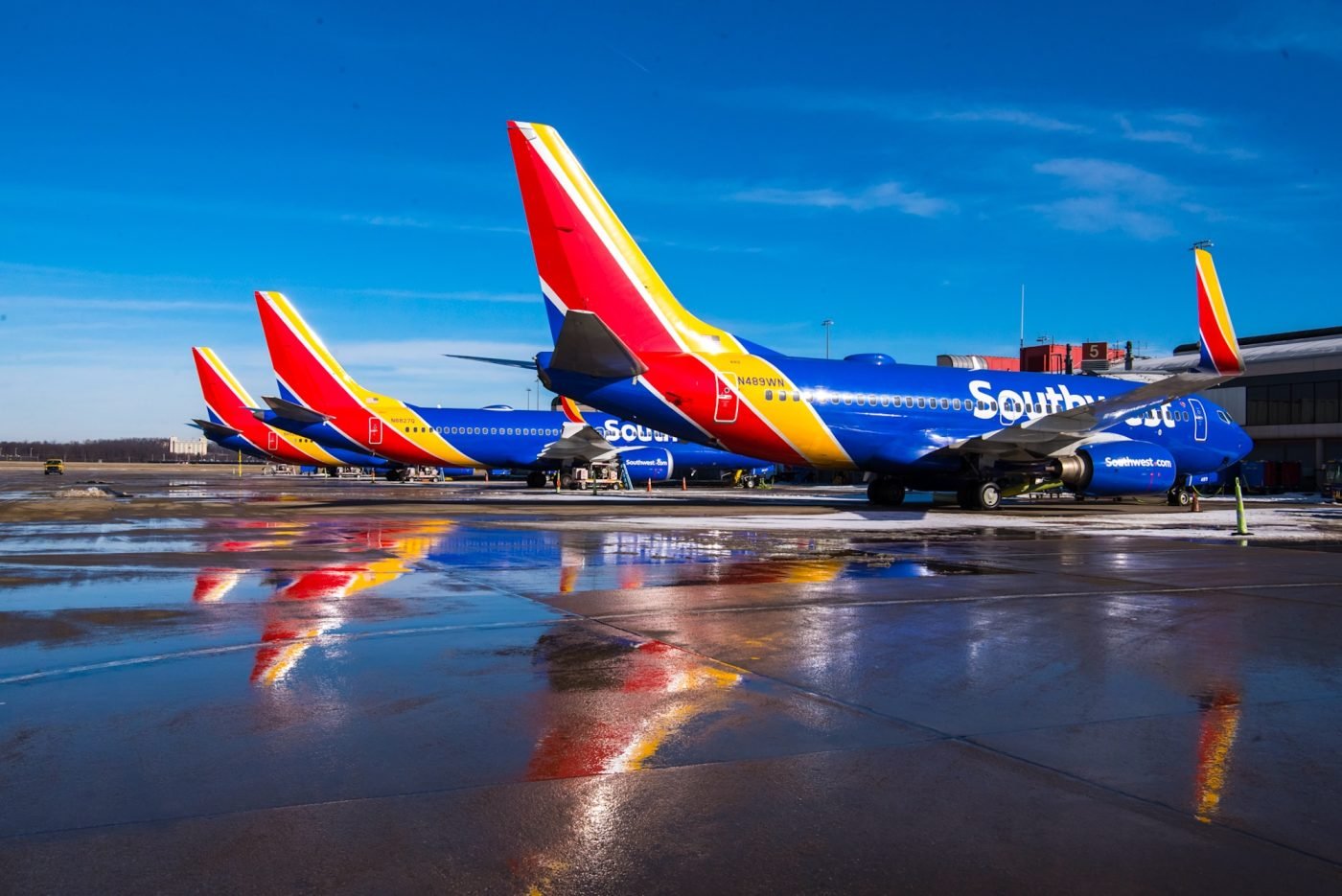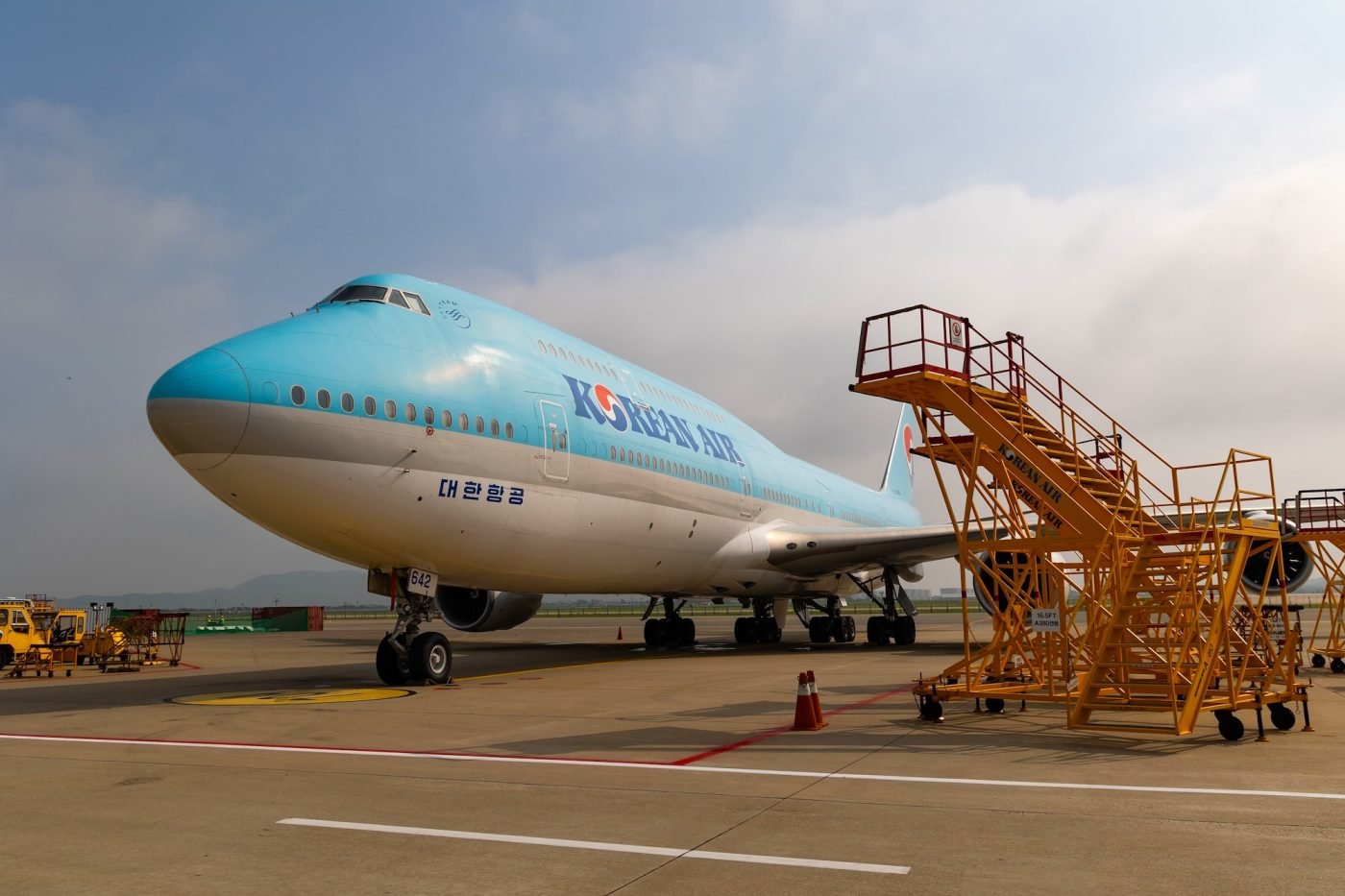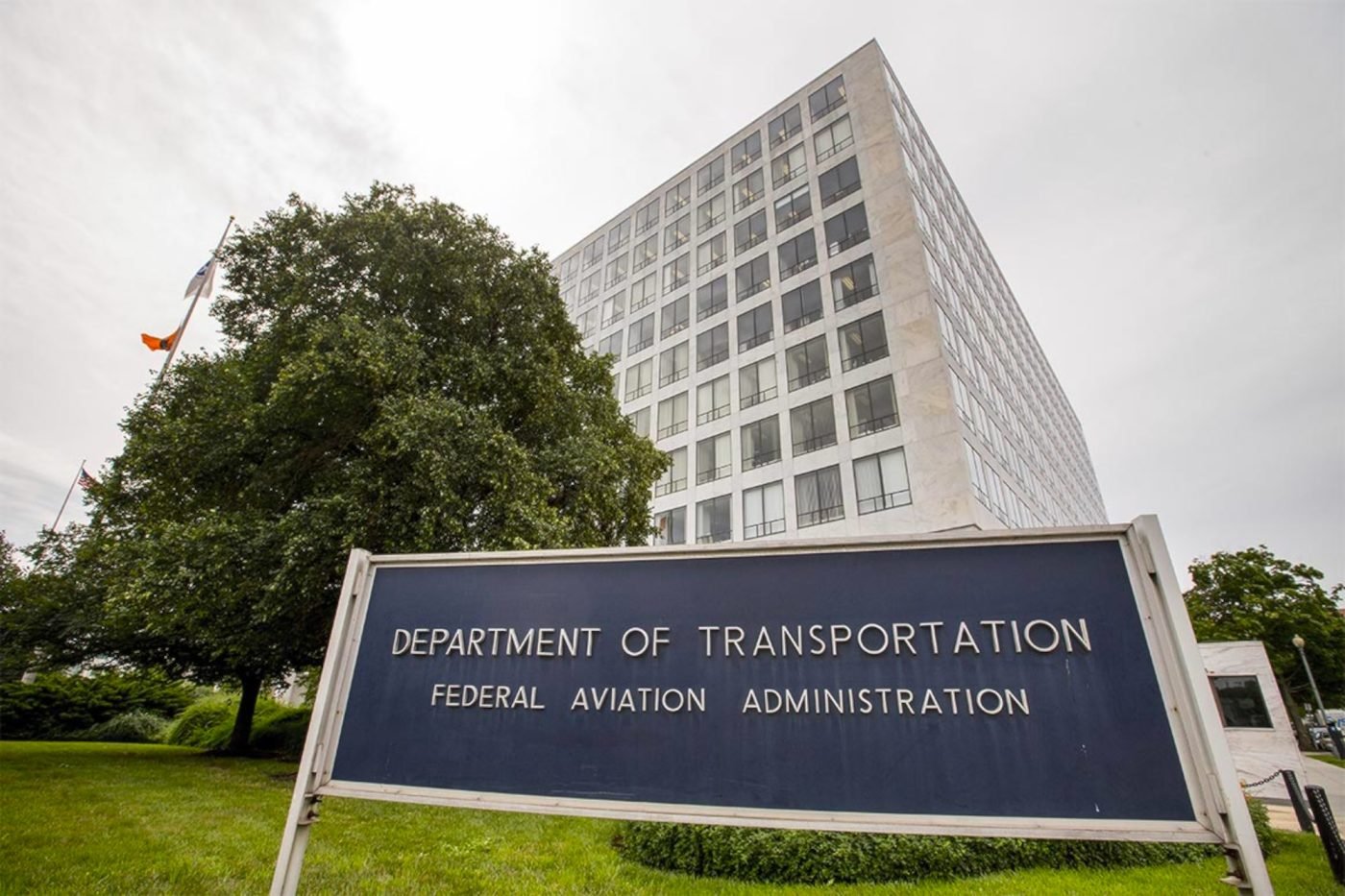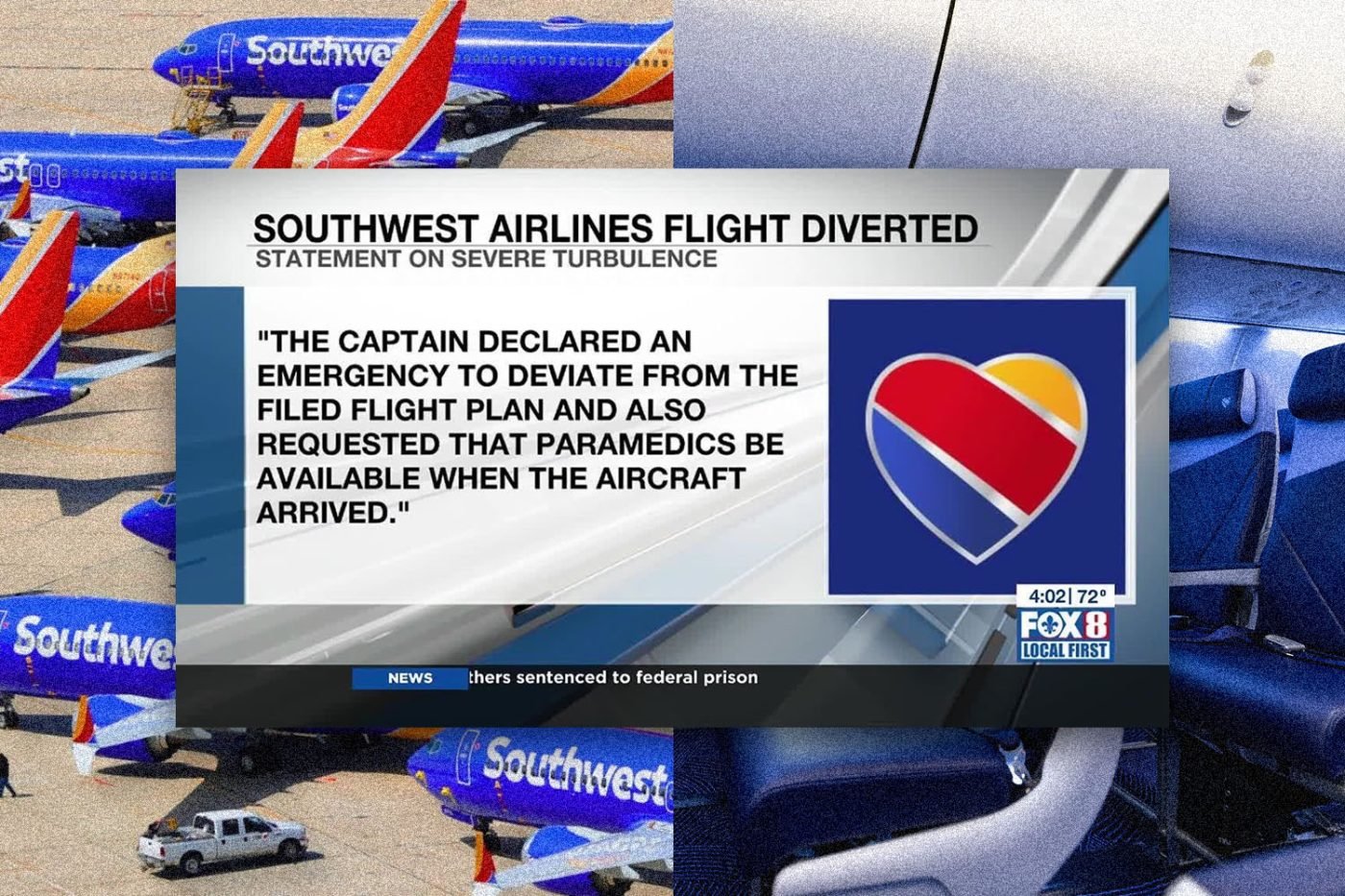- Southwest Airlines is implementing new cabin landing procedures starting December 4th.
- The change aims to reduce in-flight injuries among cabin crew.
- We delve into a larger underlying issue affecting all American airlines.
Big changes are coming to Dallas-based Southwest Airlines starting on December 4th. The U.S. airline is adjusting its cabin preparation procedures ahead of landing, requiring flight attendants to begin preparations at 18,000 feet of altitude rather than the traditional 10,000 feet.
Aimed at reducing in-flight injuries among cabin crew which have slowly increased alongside more prevalent turbulence, the measures could bring down injury numbers by a significant margin of 20%. While the immediate impacts on passenger experience have made many of today’s headlines, there’s a bigger story behind this one.

Southwest’s New Procedure
New guidelines will see the descent phase‘s trajectory altered significantly. Pilots will make their customary announcement to begin the phase, usually at cruising altitudes above 30,000 feet. As the aircraft descends through 18,000 feet, that low-high chime that we’re all used to hearing when travelling by air — though usually a little later at the 10,000 feet mark — will sound, and the so-called ‘sterile’ flight deck begins. That means that cabin crew begin preparing the aircraft for landing before securing themselves in their jump seats.
For passengers, that means the following changes:
- Cabin Service Will End Earlier: That means a shorter window to order and get rid of any snacks/beverages.
- Seat and Tray Table Adjustments: You will have to assume that landing-ready position a bit earlier, so that’s less time to recline and relax.
- Stowing Personal Items: Laptops, carry-on bags, and the like will be stowed roughly five minutes earlier than before.
These changes come at the end of years of research and analysis fed through Southwest’s Safety Management System (SMS) and Flight Data Analysis Program (FDAP). The airline also worked closely with the Transport Workers Union Local 556 (TWU 556), which represents Southwest’s flight attendants.
What Forced the Change?
Flight attendant safety is the main motivation here. Turbulence is one of the biggest causes of injuries to cabin crew, and turbulence — though possible at any elevation — is much more likely to occur at lower altitudes thanks to thicker clouds and more changeable weather patterns. That means that landing is primetime for these injuries, and by getting flight attendants seated sooner, the risk of their getting injured during landing should be significantly reduced.
Southwest Airlines emphasised all of this in a memo:
“The change in procedures is designed to reduce the risk of in-flight turbulence injuries for our Crew Members and Customers. It is the result of the airline’s close collaboration with its Labor Partners and a robust approach to Safety Management. Previously, preparation for landing began at 10,000 feet. Nothing is more important to Southwest Airlines than the Safety of our Customers and Employees.”
Southwest Memo
Impact on Passengers
Southwest is not the first airline to make this kind of change. United Airlines adopted a similar policy last year while international carriers like Korean Air have also adjusted procedures, naming turbulence as a “persistent and growing problem”. Most major U.S. carriers continue to prepare for landing at 10,000 feet.

While most will find the policy change to have a relatively minor impact on in-flight experience, passengers may notice the adjustments, especially those busy bees who use laptops or other devices for as long as possible during their flight. Business travellers who bank on flight time as work time might find this more bothersome than most.
Shorter flights will likely feel this change more intensely compared to long-haul flights, given the greater proportion of overall journey time that the descent comprises. Flight attendants may struggle to complete a full beverage service on very short flights but, ultimately and rightly, safety trumps convenience.
Southwest’s Commitment to Safety
An incident earlier this year involving Southwest Airlines Flight 3633, a Boeing 737-700, was an unfortunate embodiment of the risks associated with descent turbulence. The aircraft hit turbulence at 19,000 feet, and a passenger — who, it is important to note, was standing against flight attendant instructions — fell and sustained severe injuries, including a broken ankle with a protruding bone. Flight attendants, including a deadheading crew member and nurses onboard, provided assistance despite the risks to themselves.
A Federal Aviation Administration (FAA) investigation noted that the seatbelt sign was on and the passenger had disregarded instructions to remain seated. This incident is one of the key data points that led Southwest to make these newly announced adjustments.

But Why is Turbulence Becoming More Common and Severe?
Reporting on a similarly grim incident involving in-flight turbulence on an Allegiant Airlines flight last year, we took a deep dive into a study undertaken by Professor Paul D. Williams from the University of Reading, which revealed a 55% rise in turbulence along North Atlantic flight routes from 1979 to 2020. You only need to look at the Singapore Airlines incident in 2023 to appreciate that this is no longer an issue localised to the Atlantic.
What’s behind this massive increase? Professor Williams gives a damning if pithy summary of the issue:
“Following a decade of research showing that climate change will increase clear-air turbulence in the future, we now have evidence suggesting that the increase has already begun.”
Paul D. Williams
That’s right, folks: climate change is the underlying reason behind increased turbulence and, therefore, increased injury. That means that while Southwest is one of the highest-profile airlines to implement these changes, we can expect many more to follow suit in the years to come. Whether or not this turbulence becomes an existential threat to the airline industry remains to be seen, but at least cabin crew can sleep a little easier at night knowing their risk of injury has been reduced somewhat.
